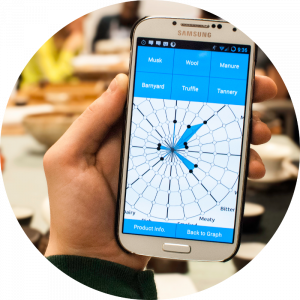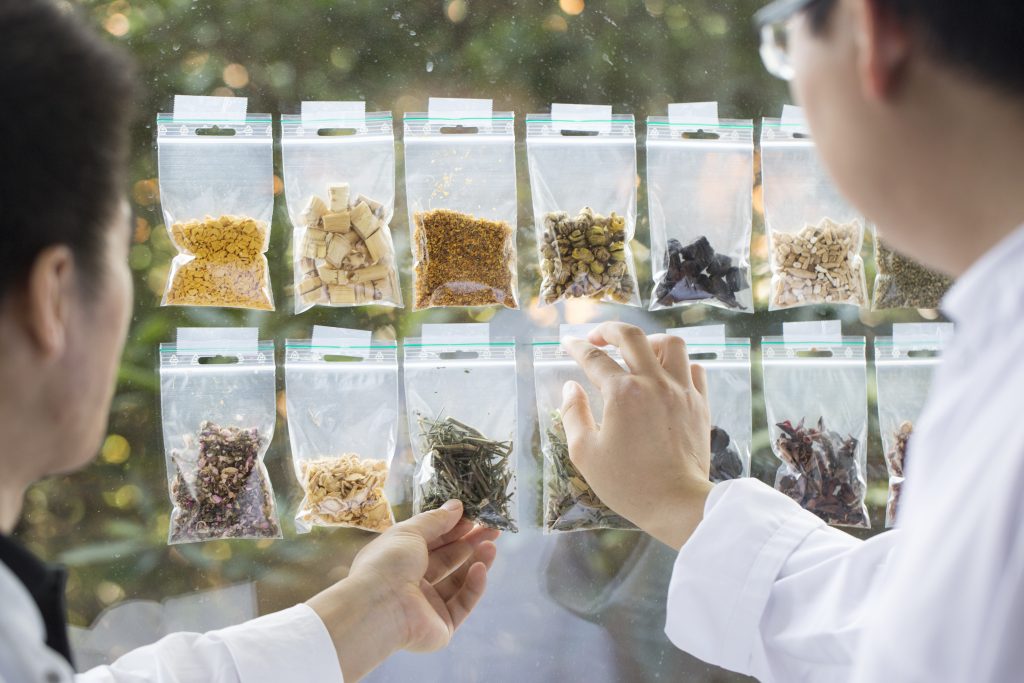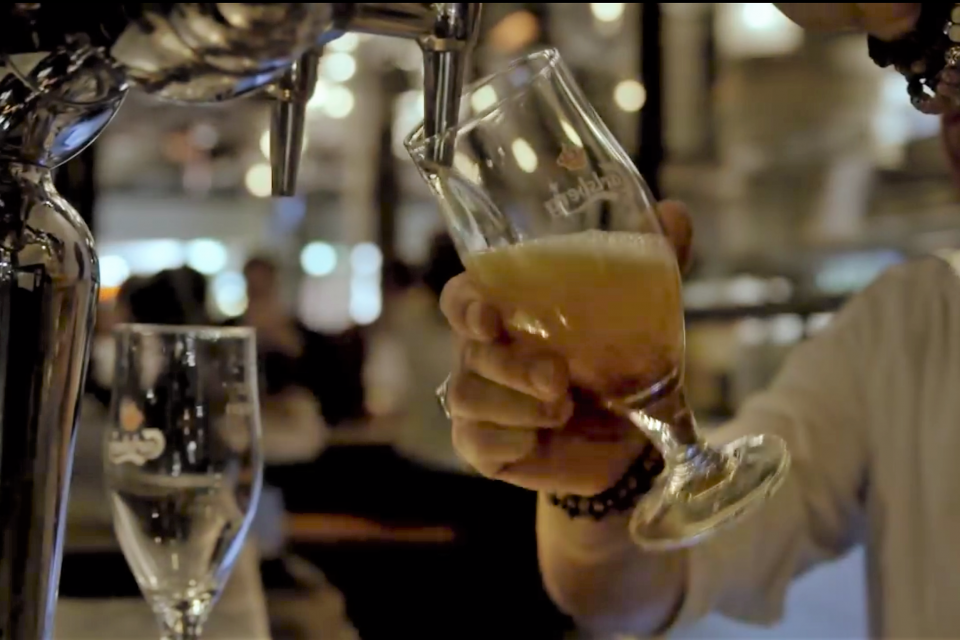By Mike Chan, General Manager, Cloud and Enterprise, Microsoft Asia Pacific
 I’d like you to think about how satisfying it feels to lift the cap off an ice-cold bottle of beer. After a long day. When the sun has been merciless. When you sink into the sofa and put your legs up and lean back with a cold one. Or with a hot plate of satay, fried chicken, or fish and chips. How good would that feel?
I’d like you to think about how satisfying it feels to lift the cap off an ice-cold bottle of beer. After a long day. When the sun has been merciless. When you sink into the sofa and put your legs up and lean back with a cold one. Or with a hot plate of satay, fried chicken, or fish and chips. How good would that feel?
Asia Pacific is home (thanks to our unique history) to some great beers. From San Miguel to Tiger. From Bintang to Beerlao to Chang, Hite, and Speights, our region boasts a wide range of brews, both commercial and craft, with spices and just plain ol’ lager.
In this month of Oktoberfest, let’s look at the process of brewing beer. Brewing one batch of beer isn’t a problem. How about brewing beer 365 days a year, managing variations in key ingredient quality and seasonality, timing or weather conditions? How can a brewery ensure a consistent product every single day?
Danish brewing giant, Carlsberg knows that artificial intelligence can help. Tapping (pun intended) on artificial intelligence as the foundation of the Beer Fingerprinting Project, Carlsberg has turned to cloud and machine learning, along with advanced sensors and analytics, to help their researchers map out and predict flavors faster.
 The lab is working with Aarhus University, Denmark’s leading research institution, to develop sensors with the Technical University of Denmark. The sensors will work out how to implement flavors in different fermentation scenarios. And, with Microsoft to analyze the signals from the sensors using artificial intelligence solutions, it will also measure flavors and aromas created by yeast and other ingredients.
The lab is working with Aarhus University, Denmark’s leading research institution, to develop sensors with the Technical University of Denmark. The sensors will work out how to implement flavors in different fermentation scenarios. And, with Microsoft to analyze the signals from the sensors using artificial intelligence solutions, it will also measure flavors and aromas created by yeast and other ingredients.
Carlsberg creates hundreds of small microliter brews and beers. In such small volumes, it’s not feasible to taste and test them all. So, researchers will rely on the sensors to deliver data that can tell them whether a yeast will be usable later in large-scale beer production. At the same time, the ability to recognize the chemicals and flavor compounds to predict what a beer will taste like goes a long way in helping their research improve.
Ultimately, the goal is to map a flavor fingerprint for each sample and reduce the time it takes to research taste combinations and processes, which will help the company get more distinct beers to market faster.
Looking beyond the big brewers, there’s Jason Cohen, who wants to help microbrewers craft better beer. The problem that Jason wanted to solve was relatively simple: The flavors in beer batches didn’t always turn out the way he wanted.
Jason’s company, Analytical Flavor Systems, uses an app called Gastrograph to collect tasters’ impressions of up to 24 different flavor characteristics. Cohen then throws artificial intelligence and machine-learning into the mix to turn data about what people taste (this can also apply to wine, chocolate, coffee, and spirits) into data that companies can use to create more consistent products. Cohen notes that microbreweries have more variation than they want to admit, not only can his software service identify dozens of beer styles in seconds, it can also help detect bad beer, where the hops are stale.

Interestingly, Cohen’s original research was founded in tea, but as he relied on university students as tasters for data collection, the lack of familiarity with tea made for slim pickings for data collection. He shifted to using beer tastings, and voila! Data collection was no longer a problem, as free beer proved to be a very attractive draw for students.
Beer brewers and drinkers aren’t strangers to finding ways to use technology to make a tastier tipple, as in the case of a high-tech countertop dispenser and the use of sound waves to help users achieve the perfect pour. For those truly passionate about their beer, it’s important to remember that the right application of technologies like artificial intelligence can empower brewers and aficionados to achieve more, whether in finding insight into what makes a beer tastier or to predict which flavor profiles will work best in the market.
For me, the real opportunity is in using science to bring the art of brewing beer to new heights and I’m looking forward to the possibilities that artificial intelligence enables. As always, please do remember to drink sensibly and responsibly. As they say, in the spirit of Oktoberfest, prost!





